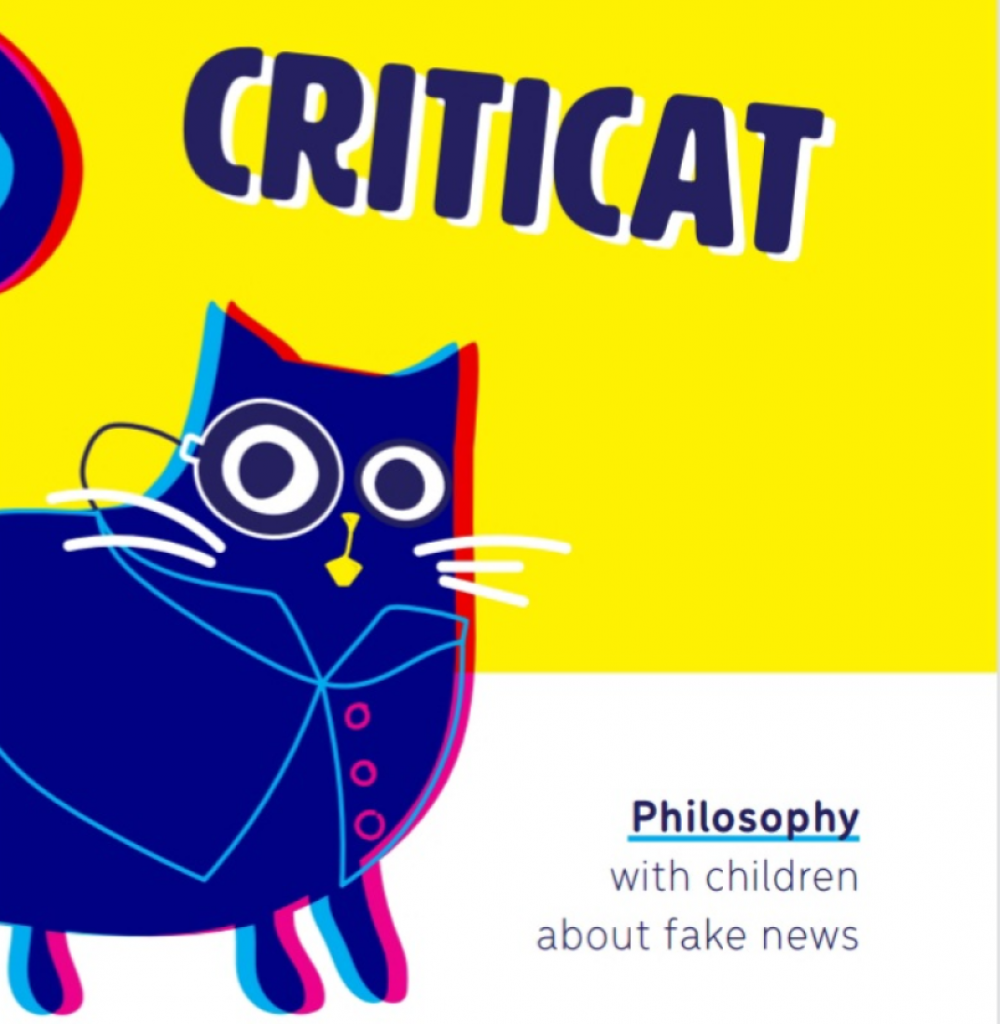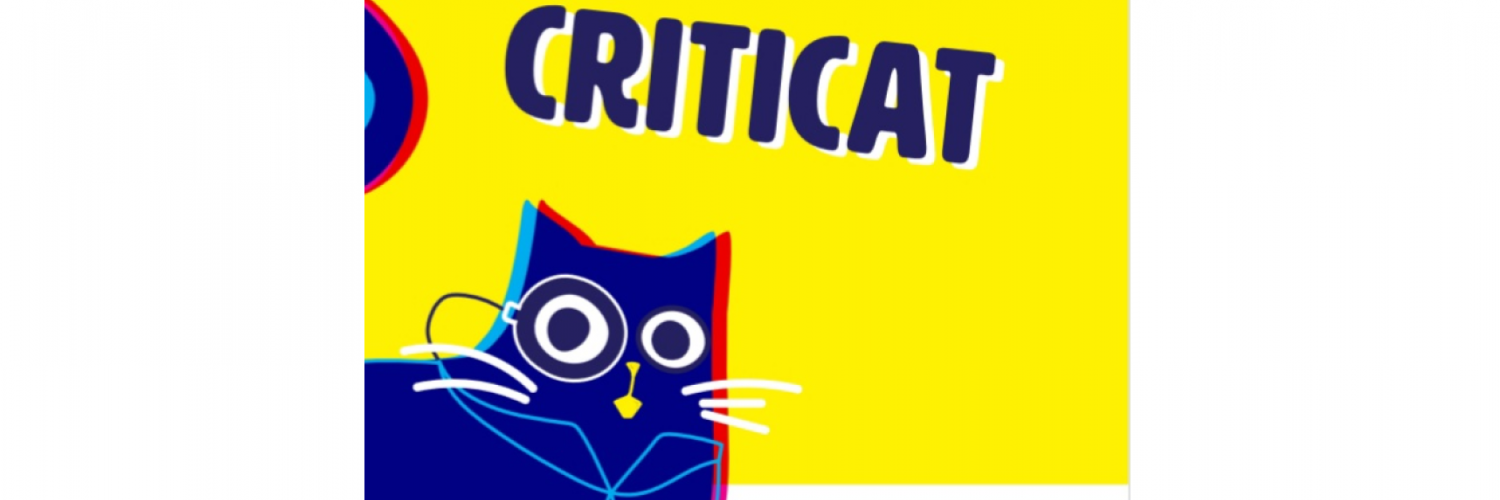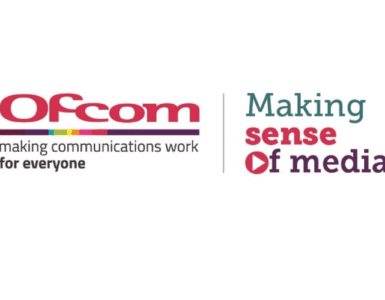by Eef Cornelissen, Jelle De Schrijver and Sanne Hermans.
Children grow up in a world characterised by an ever-increasing supply of digital information. They are literally one click away from an overdose of information on just about any topic. It’s impossible to shield children from fake news. But we can teach children to critically assess the information with which they are confronted.
Teachers can help pupils to think critically about the truth and reliability of claims in the media. Media literacy is considered a key competence in teaching pupils how to deal with media and information. It means both the competence to find correct information and to evaluate the nature of information critically. But often, in media literacy the focus lies foremost on the knowledge and technology to find accurate information rather than on critical thinking about the quality of media and information.
Stimulate critical thinking in the classroom
Philosophy with children is a promising approach to stimulate critical thinking. In a philosophical dialogue, pupils collectively investigate philosophical questions such as ‘When can you be sure of something’ by developing arguments and discussing the logic of their reasoning together. The ideas and misconceptions the children hold are discussed and examined in group. The teacher acts as a facilitator who does not give answers, but instead asks questions that challenge the children to think critically and autonomously. These questions encourage them to explore various points of view. The emphasis is not on finding one correct answer, but on exploring the topic together. Questions such as ‘What is the difference between opinions and facts?’ or ‘Where do lies come from?’ can help pupils explore the conceptual meaning of truth, lie, information and misinformation and help them discuss the power structures underlying media and messages. By participating in philosophical dialogues, pupils can explore different perspectives on knowledge, truth, and information without necessarily aiming for consensus.
CritiCat

Based on this philosophical approach, Odisee University of Applied Sciences, University of Antwerp and Mediawijs developed CritiCat (image 1). This teaching method aims to stimulate reflection about media and information among pupils between 10 and 12 years old. The method entails both thinking exercises (image 2), philosophical stories and philosophical questions (image 3). CritiCat is a philosopher-detective who serves as a role model to help pupils discern fact from fiction. Through philosophical stories and reflection exercises, children learn what misinformation and disinformation is and how to recognise logical fallacies. The method contains a brief instruction manual that explains how philosophy with children works and how teachers can facilitate a dialogue. This is followed by four exciting stories in which CritiCat sets off on an adventure. The stories are meant as a catalyst for philosophical reflection about how we handle media and information. Together with CritiCat, pupils are challenged to think critically about media and fake news. Central themes include truth, lies and fallacies. Each story is followed by example questions (image 3) to initiate philosophical dialogues and by exercises (image 2) that playfully teach children to refine their critical thinking skills. This material is freely available on our website and Mediawijs provides CritiCat training courses for teachers.
Try-outs of the CritiCat-methodology were organised in the in-service teacher training of Odisee University of Applied Sciences and in 10 primary schools in Brussels and Flanders. In interviews, teachers report that the stories with the questions and the critical thinking exercises provide useful tools to stimulate critical thinking among children in the 3rd grade of primary education. But facilitating a philosophical dialogue appears to be more challenging and requires adequate training. Several teachers also note that young pupils from the 1st and 2nd grade of primary education are regularly confronted with mis- and disinformation. Some teachers spontaneously mention after the sessions that it is a pity that there is no methodology with similar stories, questions, and exercises for young children. Certainly because “stories are a great way to introduce critical thinking to young children too”, testifies one teacher.
These findings allow to formulate guidelines on critical thinking about media and information for primary education.
- Introduce media literacy and CritiCat to all the levels in primary school with concrete advice and support for the long-term implementation of the principles of ‘philosophy with children’ in the educational curriculum.
- Work together with educational organisations specialised in media literacy to organise CritiCat training courses for teachers of primary education.
Authors
Eef Cornelissen (Odisee University of Applied Sciences)
Jelle De Schrijver (Odisee University of Applied Sciences & University of Antwerp)
Sanne Hermans (Mediawijs), Belgium
















